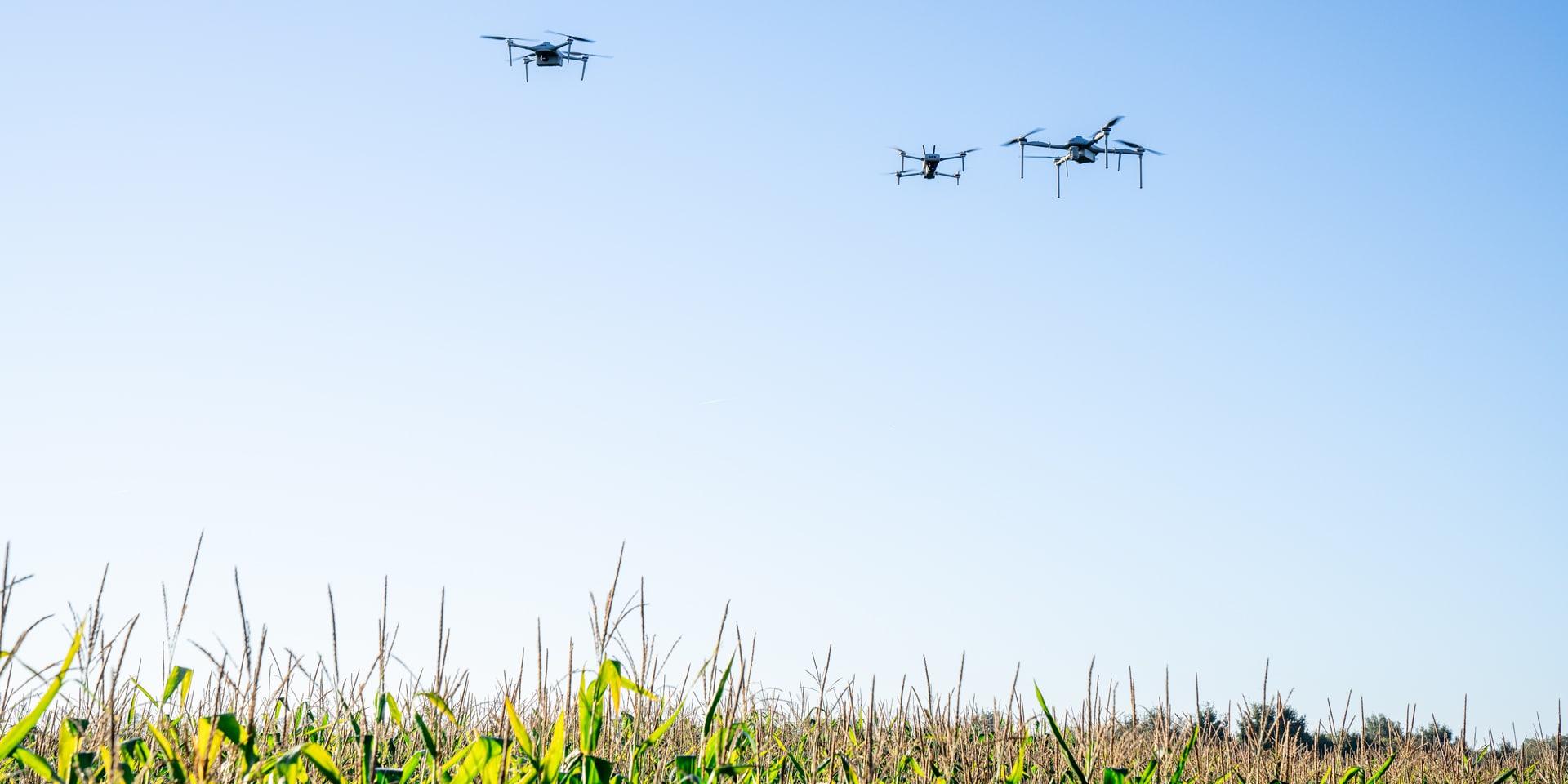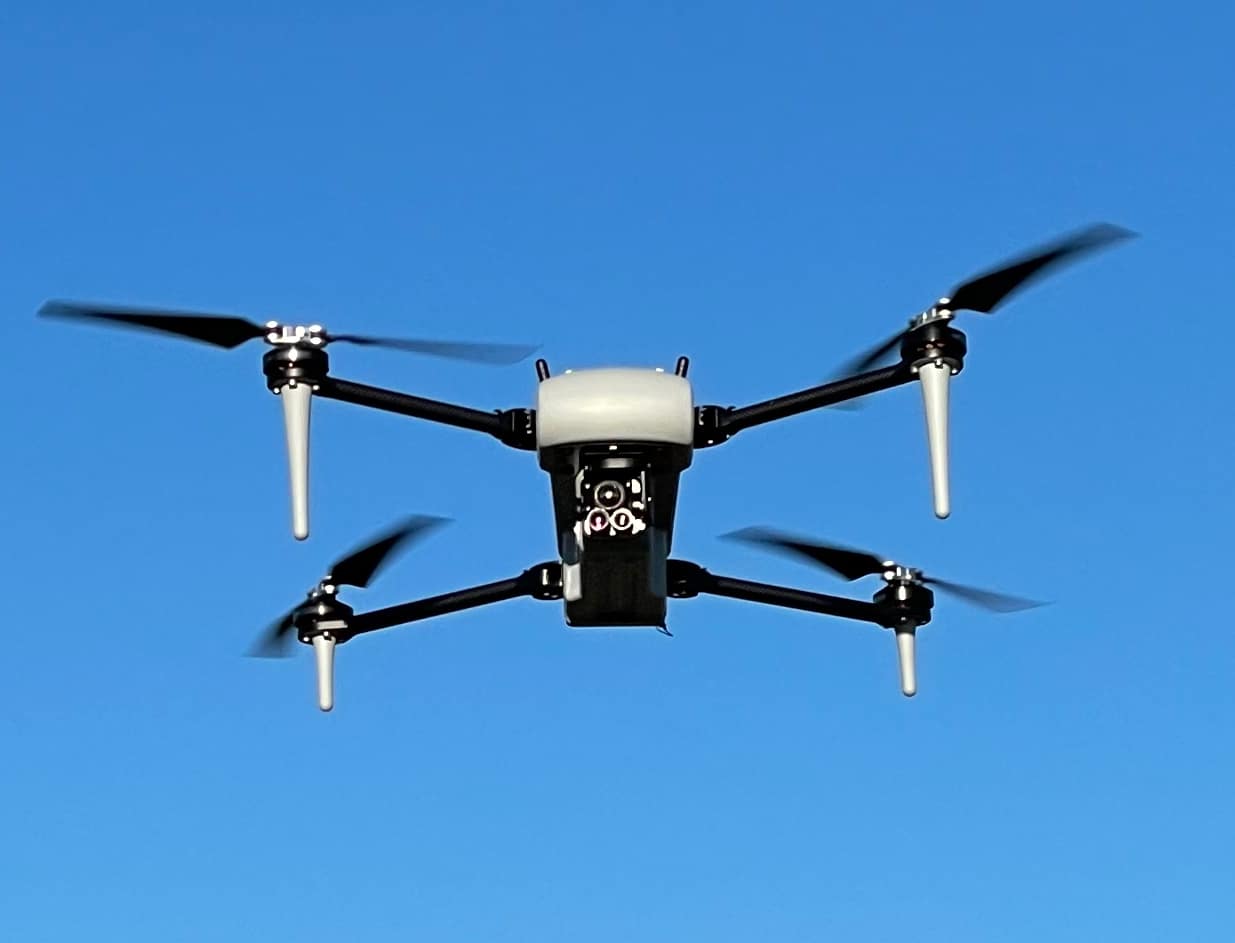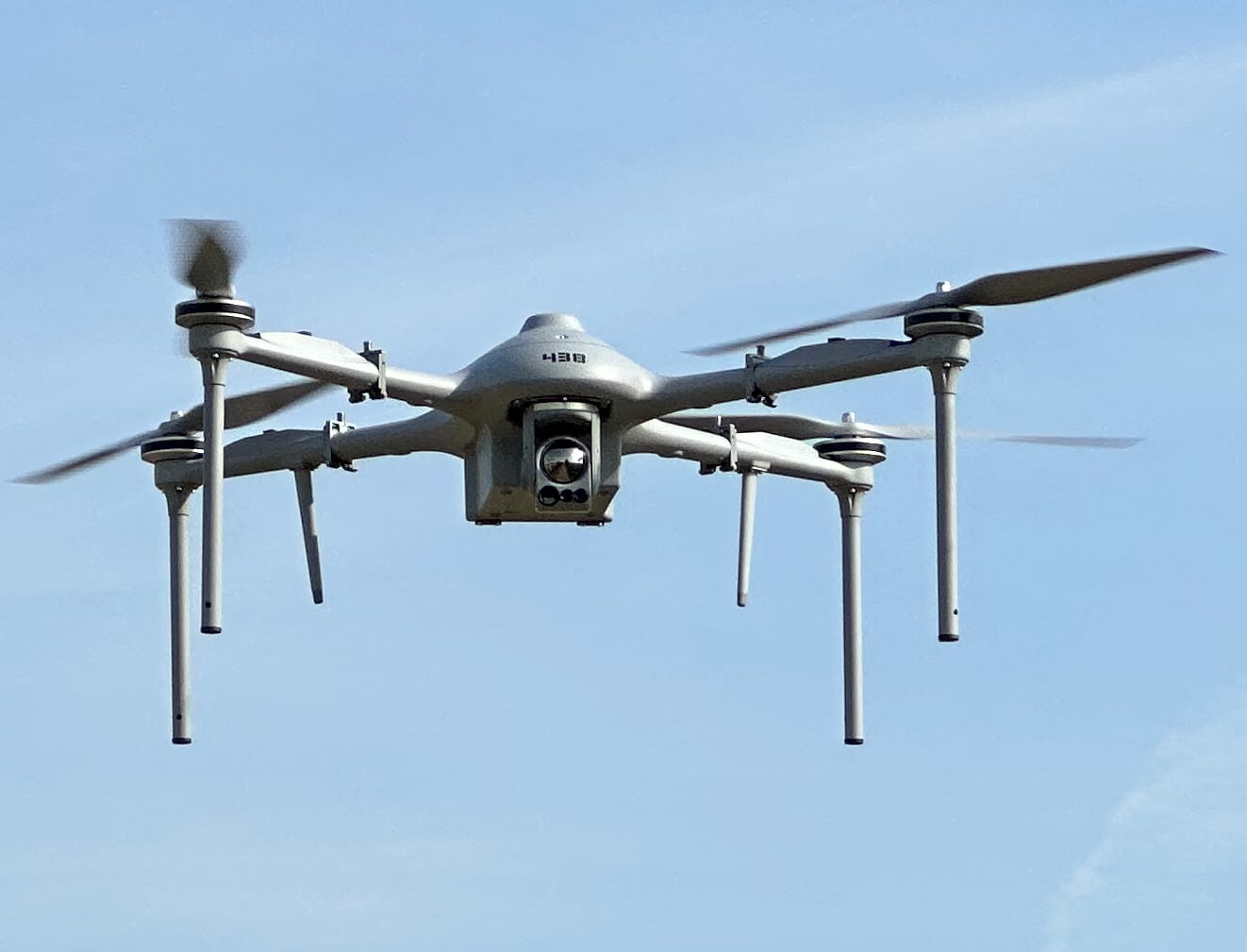Military Drone Capabilities
How Far Can a Military Drone Fly?
The pivotal factor in mission success, a military drone’s range, involves both theoretical and radio aspects. Delve into the endurance and radio communication capabilities of Martlet drones, standard equipped with an advanced Software Defined Radio (HT-SDR) for secure communication, customizable radio options, and cutting-edge video data encoding.
How High Can a Military Drone Fly?
Exploring the correlation between altitude and stealth, this section underscores the significance of advanced technologies in enabling covert operations. Discover how stealth capabilities and payload performance contribute to the effectiveness of military drones at different altitudes, especially in intelligence gathering, surveillance, target acquisition, and reconnaissance (ISTAR).
How Long Can a Military Drone Fly?
Unravel the interplay between theoretical range, radio range, and endurance in determining a drone’s mission time. Weather conditions, power efficiency, and optimal cruise speed take the spotlight, emphasizing the importance of silent operation for extended drone endurance. Gain insights into the multifaceted aspects that define the play-time or mission-time for micro and mini military drones that perform across diverse operational landscapes.
Decoding the Mission Scope
Theoretical and Radio Range
Theoretical range, often defined by the drone’s endurance, provides a baseline for understanding potential distances. However, the true operational range is linked to the radio communication capabilities of these micro- and mini-Unmanned Aerial Systems (sUAS). In this blog, we will cover both the radio range and the theoretical range. The latter is more linked to endurance and will be covered by answering the question: “How long can a military drone fly?” later in this blog.
Software Defined Radios
The Martlet family of Unmanned Aerial Systems (UAS) are standard equipped with an in-house developed Software Defined Radio (HT-SDR) designed for secure, reliable, and resilient communication. Operating on NATO harmonized frequency bands – user-defined between 2.0 and 2.5GHz – Height Technologies’ SDR features frequency hopping capabilities and AES256-bit encryption, adding a layer of complexity to potential interception or interference attempts. This not only safeguards sensitive data but also enhances the overall resilience of the drone during missions in communication-contested environments.
Military Drone Range
A critical aspect of a military drone’s range is the radio range. The Martlet MI-1 offers a standard radio range of 5 kilometers and the Martlet MI-2 and MI-3 offer a standard radio range of 15 kilometers with the HT-SDR. However, recognizing the diverse needs of military operations, the Martlet family of sUAS offers payload and radio flexibility thanks to its open architecture and modular design. Embedded Silvus or Persistent-Systems MIMO radios on the MI-2 and MI-3, long-range antennas, directional (tracking) antennas, and the possibility of switching to externally higher-mounted antennas on vehicles present customizable solutions to meet specific mission requirements. These options allow our drone operators to adapt the drone’s capabilities according to the demands of the task at hand.
Data distribution
Intertwined with radio range, the discussion extends to (video) data encoding—a key consideration in striking a balance between range and image quality, especially in micro- and mini-drones. The Martlet family of sUAS stands at the forefront by incorporating H265 (HVEC) encoding, ensuring efficient compression without compromising on image quality. This technological advantage not only optimizes bandwidth usage but facilitates a relatively long radio range with optimized image quality.
Operating Altitude and Stealth
The capabilities of military drones have become increasingly sophisticated, with their altitude playing a pivotal role in their effectiveness. The question arises: How high can a military drone fly? The answer lies not only in technological advancements but also in strategic considerations, particularly in the integration of stealth capabilities. Stealth, in the context of drone operations, goes beyond mere invisibility to radar systems; it extends to the ability to operate covertly at certain altitudes and maintain a safe distance from potential threats. The correlation between altitude and stealth becomes crucial for these unmanned aerial vehicles (UAVs) as they engage in missions ranging from intelligence gathering to surveillance, target acquisition, and reconnaissance.
Operating at Covert Altitudes
The significance of stealth in determining covert altitude is underscored by its direct correlation to mission success. Drones equipped with advanced stealth technologies can navigate the skies with minimal risk of detection, allowing them to access areas that might otherwise be off-limits. This ability is particularly vital in scenarios where intelligence needs to be gathered discretely or when surveillance of a sensitive target is paramount. By soaring silently at certain altitudes, military drones can capture valuable information without alerting the subjects of their observation, ensuring the element of surprise, and enhancing overall mission efficacy.
Payload + Stealth Capabilities
Payload performance is another critical factor in the equation of a military drone’s operating altitude. The ability to carry and deploy advanced sensor systems, cameras, and other reconnaissance tools is essential for maximizing the drone’s utility in the field. The emphasis on being covert and quiet extends beyond the obvious goal of avoiding enemy detection. It directly impacts the quality of data collected by the drone. By flying at lower altitudes without compromising its presence through noise or visual detection, a military drone can achieve clearer and more detailed data on objects or subjects at a closer range. This enhanced visibility becomes a force multiplier, enabling operators to identify and track targets with precision.
Maximizing Mission Time
Combining both theoretical range and radio range determines the so-called playtime or mission time for a drone to carry out its task. By asking the question “How Long Can a Military Drone Fly?” we delve into the interplay between endurance, optimal cruise speed, and radio range, crucial factors that determine mission time while ensuring operators or pilots remain safe from potential compromise by adversaries. The endurance of a military drone is a multifaceted aspect that extends beyond a mere measure of time. It encapsulates the performance of power efficiency and radio communication range. The combination of these elements is important when considering the vast distances over which military drones operate.
Weather Influences
Weather conditions play a pivotal role in the performance of battery-powered micro- and mini-drones, influencing their overall endurance and mission capabilities. Extreme temperatures can significantly impact battery efficiency, affecting the overall flight time of these drones. Cold temperatures, for example, can reduce battery performance significantly. Wind conditions also pose challenges, as strong winds can force drones to expend more energy to maintain stability and control, thereby shortening their mission time. The Martlet MI-2 Stormer mini-drone, specifically designed to withstand challenging weather conditions, addresses these concerns by withstanding relatively high winds. Its robust construction, advanced weather-resistant features, and power efficiency allow it to operate effectively in adverse environments while maximizing its mission time and contributing to the overall success of intelligence operations. This allows our drone operators to remain operational during stormy situations.
Stealth and Efficiency
Efficiency is key in extending drone endurance, and this hinges on the optimal utilization of power resources. The efficiency of a drone directly influences its ability to stay airborne for extended periods while managing the noise it generates. Silent operation not only boosts the drone’s covert capabilities but also plays a crucial role in extending mission durations. The strategic advantage of a drone operating silently, akin to a ghost in the sky, is undeniable. In the pursuit of stealth and efficiency, the correlation between power consumption and noise production becomes noteworthy. Drones with high power efficiency can operate with reduced noise, lowering the risk of detection by adversaries. This silent approach not only enhances the drone’s effectiveness in covert missions but also extends its mission duration by conserving energy.



